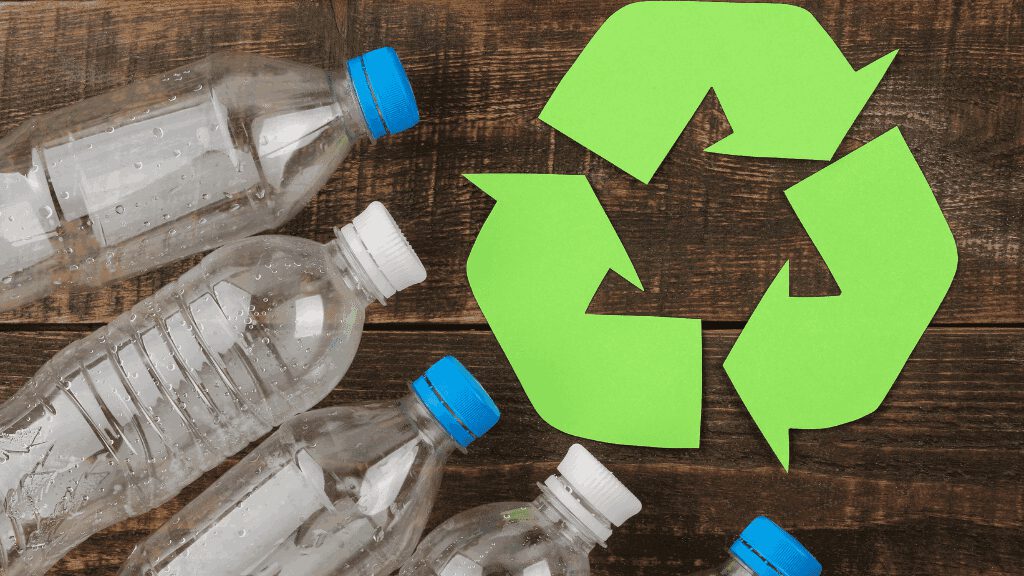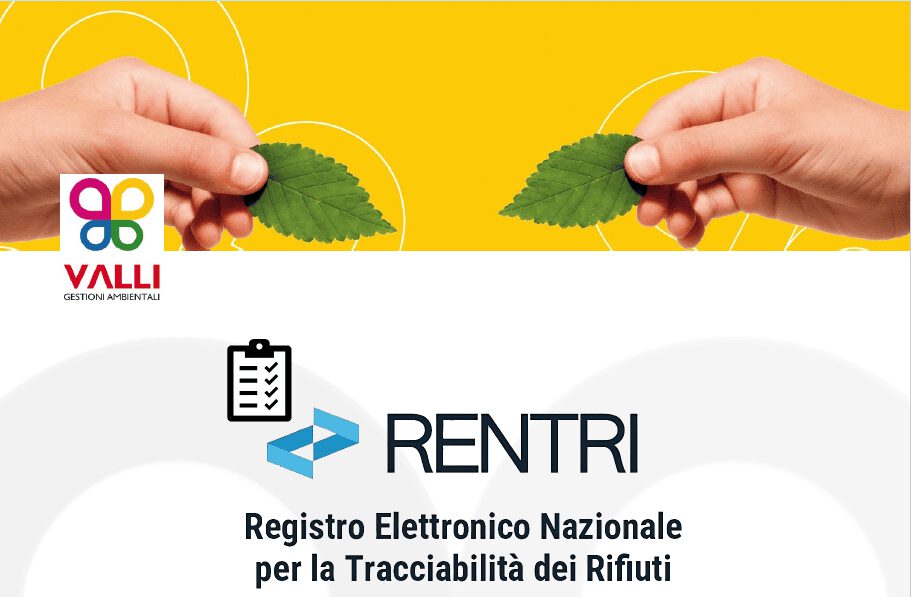Plastic recycling is a fundamental process in waste management, which allows plastic materials to be recovered that would otherwise be destined for landfills or incinerators. In this article, you will learn about the process of plastic recycling, the management of plastic and polymer waste, and innovations in the industry.
Plastic recycling: how many methods?
Plastic recycling is a process that allows plastic materials to be recovered from waste and reintroduced into the production cycle, reducing the environmental impact and the need for virgin raw materials.
Did you know that there are different methods to recycle plastic?
- Primary recycling: mechanical treatment of plastic waste to obtain products with properties equivalent to the original ones. One example is the recycling of PET (polyethylene terephthalate) from plastic bottles, which can be used to create new PET fibers, although it is difficult to obtain food-grade bottles from recycled material.
- Secondary recycling: mechanical treatment that produces materials with lower properties than the originals, often used in less demanding products in terms of performance, such as street furniture or building materials.
- Tertiary recycling: Chemical recycling techniques such as pyrolysis, gasification, and depolymerization that break down polymers into their basic chemical components, resulting in high-quality materials comparable to virgin materials. This method is particularly useful for treating mixed and contaminated plastic waste.
- Quaternary Recycling: Energy recovery through incineration of plastic waste to generate energy.
Mechanical Recycling VS Chemical Recycling
Recycling techniques include mechanical recycling and chemical recycling.
Mechanical recycling involves shredding plastic and reforming it into new products, but this type of process can often reduce the quality of the recycled material. The process for this process includes the collection, selection, shredding, washing, melting and reforming of plastic waste.
Mechanical plastic recycling begins with a thorough shredding process, which turns plastic into flakes or granules that can be used to produce new items.
The quality of the shredded material depends on the homogeneity of the starting plastic. In the past, the material was transported on belts and manually selected by operators, who identified the different types of plastic visually.
Today, less than 15% of materials are selected manually; the remaining 85% is treated automatically with machines called optical detectors.
These devices use an electromagnetic wave emitter to identify polymers based on the length and amplitude of the reflected waves.
A spectrometer detects the type of polymer and, with compressed air blower nozzles, objects are conveyed in the right direction to be grouped with similar materials. This process reduces manual intervention, which is only needed to correct any errors. After sorting, each type of plastic is crushed, shredded, densified and extruded.
Chemical recycling, on the other hand, breaks polymers into monomers, making it possible to obtain raw materials of comparable quality to virgin metal.
Chemical recycling of plastics, although less common than other methods, is already applied at an industrial level, as is the case with PET hydrolysis. This process differs from the chemical synthesis used to produce plastics, as it aims to break the chemical bonds in polymers to obtain the starting monomers.
One of the main goals of thermochemical plastic recycling is to produce alternative fuels to fossil fuels, thus contributing to the reduction of CO2 emissions.
Polymers such as PET, polyamides (PA, commonly known as nylon) and polyurethanes (PUR) are particularly suitable for this type of chemical decomposition. These processes include techniques such as pyrolysis, gasification, and depolymerization, which turn polymers into monomers or other useful chemicals
What are polymers?
Polymers are large molecules made up of repeating units called monomers. They are used in a wide range of products, from food containers to automotive components.
The most common polymers include polyethylene (used in plastic bags), polypropylene (used in food containers), and PVC (used in piping).
Innovations in the field of polymers
Polymers, being versatile materials and present in numerous everyday products, are at the center of continuous innovations to improve their sustainability. The most recent include:
- The development of biodegradable polymers such as PLA (polylactic acid), used in compostable food packaging, and recyclable polymers such as PET, used in bottles and textiles.
- Depolymerization is a key process in chemical recycling, recovering monomers from polymers, facilitating the production of new, high-quality materials.
- Chemical recycling offers new opportunities for the treatment of complex and contaminated plastic materials, which are difficult to manage with traditional methods.
Plastic waste management
The management of plastic waste is a global challenge that requires integrated solutions. Fortunately, there are several alternatives, such as separate collection, which is a crucial step, followed by waste treatment through mechanical and chemical recycling processes.
Collaboration between governments, industries and citizens is also essential to improve the management of plastic waste.
The management of plastic waste requires an integrated approach that combines separate collection, recycling and technological innovation.
In Italy, the separate collection of plastic waste is growing, with a recycling rate of 45%. However, many challenges remain, such as the effectiveness of collection and the quality of recycled material.
Advanced recycling technologies, such as pyrolysis and gasification, offer promising solutions to process complex plastic waste and reduce CO2 emissions. In addition, improving recycling infrastructure and raising consumer awareness are key to increasing recycling rates and reducing plastic pollution.
Types of recyclable plastic
- PE (polyethylene): used for plastic bags, some bottles for detergents and/or detergents (always check labels), toy components, films and plastic packaging.
- PP (polypropylene): used in furnishing items, food containers, some bottles for detergents and/or detergents (check labels), carpets, furniture and garden furniture.
- PVC (polyvinyl chloride): present in egg trays, protective films, plastic pipes and some components of doors, windows and windows.
- PET (polyethylene terephthalate): used for beverage bottles, synthetic fibers and tapes.
- PS (polystyrene): Known as polystyrene, used for disposable food trays, cutlery, plates, and cups.
After separate collection, the plastic is taken to the sorting and treatment plants. Here it is separated from other materials and impurities, then divided by type of polymer (as indicated above). The selection is particularly accurate for PET and PE, both low and high density. Other extraneous fractions removed at this stage include paper, glass, and aluminum labels.
Plastic circular economy
The circular economy of plastics is a model of production and consumption that emphasizes the reuse, repair, recycling, and renewal of plastic materials to minimize waste. This approach requires a redesign of products to facilitate recycling, the development of new recycling technologies and the promotion of sustainable behaviors among consumers.
In this context, chemical recycling is a key element, as it allows plastic waste to be transformed into valuable resources, reducing dependence on fossil resources and decreasing emissions of harmful substances.
The circular economy of plastics is based on the principle of reuse, repair and recycling to minimise waste and make the most of existing resources. This model contrasts the traditional linear economy approach, which is based on the use of virgin resources and the production of waste.
Promoting the circular economy requires the implementation of policies that incentivize recycling and the use of recycled materials, such as the Minimum Environmental Criteria (CAM) in Italy, which establish rules for the design and execution of public works with a reduced environmental impact. Companies such as TP Tecno Polimeri are developing advanced technologies to improve recycling efficiency and increase the amount of plastic materials recovered and reintroduced into the production cycle.
In conclusion, advances in plastic and polymer recycling, combined with an integrated approach to waste management and the promotion of a circular economy, are crucial to reducing the environmental impact of plastics and creating a sustainable future.
Benefits of properly recycling plastic and polymer waste
- Reduction of Environmental Impact:
- Recycling plastic waste reduces the amount of plastic that ends up in landfills and oceans, thereby decreasing land and marine pollution. This is very important, especially since non-biodegradable plastics can take hundreds of years to degrade, causing serious damage to the environment and wildlife.
- Conservation of natural resources:
- Recycling plastic saves the natural resources needed to produce new plastic. This includes petroleum, which is the main raw material for the production of many types of plastics. By reducing the demand for oil, extraction and refining are also decreased, processes that are highly polluting.
- Energy saving:
- The production of recycled plastic requires less energy than the production of new plastic. For example, recycling PET consumes about 50% less energy than producing virgin PET.
Penalties and fines for failure to launder
Waste management regulations vary internationally and nationally, but many jurisdictions have implemented strict penalties for those who fail to comply with recycling laws.
- Italy:
- Administrative sanctions: Legislative Decree 152/2006 (Consolidated Environmental Act) provides for administrative sanctions for those who do not comply with separate waste collection obligations. Penalties can range from €300 to €3,000, depending on the severity of the offence.
- Obligations for Companies: Companies that do not comply with recycling regulations can incur very high penalties. For example, companies are obliged to prepare a waste management plan and document recycled waste streams. Failure to take these measures can lead to fines and, in extreme cases, the closure of the business.
- European Union:
- European Directives: Directive 2008/98/EC states that Member States must take appropriate measures to encourage recycling. Penalties for non-compliance can include significant fines and legal action against non-compliant companies.
- United States:
- State Regulations: In the United States, money laundering laws vary from state to state. In California, for example, companies that fail to comply with recycling requirements can be fined up to $10,000 per day.
Properly recycling plastic and polymer waste offers numerous environmental, economic and social benefits. However, failure to comply with money laundering regulations can result in severe penalties. It is therefore crucial for individuals and companies to adopt sustainable practices and comply with existing laws to help protect the environment and promote a greener and more circular economy
Conclusion
Developments in the recycling of plastics and polymers represent a key step towards more sustainable waste management. Thanks to technological innovations and an integrated approach based on the circular economy, it is possible to reduce the environmental impact of plastic, transforming waste into valuable resources and promoting a more sustainable future.
How to recycle? Rely on Valli Gestioni Ambientali
Valli Gestioni Ambientali specializes in the management and classification of waste plastic materials. The company is carefully dedicated to the selection and categorization of plastic waste, distinguishing it according to its specific chemical and physical properties.
The management process is optimized to maximize the value of these materials: a significant part is allocated to the recycling process, thus reintroducing secondary raw materials into the production cycle. The remaining portion finds a new life in the production of alternative fuels, contributing to energy recovery and reducing dependence on non-renewable sources.
We are here to offer you a solution tailored to your waste disposal needs.
Contact us or fill out the form below




